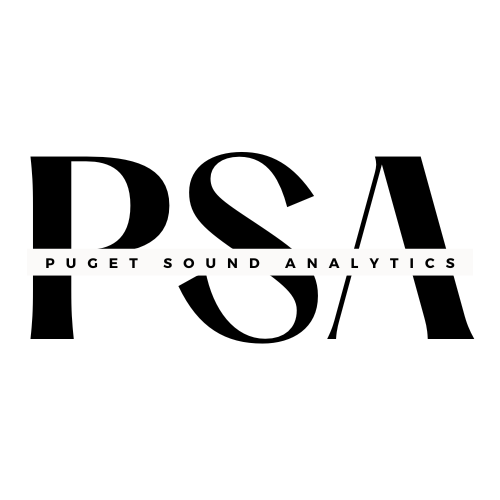Case Study: Outdoor Adventures Funnel Conversion
TL;DR
Marketing wanted more frequent funnel data — but the real issue was bad logic, not timing.I flagged the root problem, enabled the fix, and replaced confusing reports with clear visualizations that revealed how customers actually moved through the booking journey. The result: restored trust in metrics and smarter marketing decisions.
Challenge
An outdoor retailer’s trip booking funnel was meant to help marketing understand how visitors engaged with different adventures — and when interest turned into action. But the reporting outputs, built from lightly processed Excel exports, delivered more confusion than clarity.
At first, marketing leadership assumed that faster or more frequent data would solve the issue. But more noise doesn’t create signal. The real problem was deeper: duplicate visitor counts, inconsistent stage definitions, and funnel logic that didn’t hold up to scrutiny. Until these issues were resolved, the data couldn’t be trusted — and marketing couldn’t act with confidence.
My Role
As part of the online marketing analytics team, I was initially asked to automate the existing conversion reporting — a confusing and mistrusted Excel-based output that left marketing leaders with more questions than answers.
During my early investigation, I uncovered a key flaw: the same visitors were being counted in multiple funnel stages, inflating totals and obscuring the true story of engagement. I documented these issues with clear, visitor-level examples and partnered closely with the data science team to refine their extraction methodology. Through iterative testing and rapid feedback cycles, I enabled the rebuild of cleaner funnel snapshots and more accurate bucketing logic.
With the data corrected, I shifted focus from automation to illumination. Instead of replicating confusion, I designed custom visualizations that revealed how customers truly moved through the funnel — including interactive Sankey diagrams and snapshot comparison tools that made stage-to-stage progression (or drop-off) immediately visible.
What began as a routine reporting automation evolved into a turning point: a new lens through which the marketing team could see their audience — and act with confidence. From fixing a data flaw to flipping the entire narrative, my role combined forensic analyst, translator, and storyteller.
Solution
- Flagged the root issue: visitors were being counted in multiple funnel stages, inflating metrics and undermining trust.
- Collaborated with data scientists by documenting bugs, supplying detailed examples, and leading iterative testing — enabling them to rebuild the funnel logic and cleanse the data.
- When initially asked to automate the confusing Excel output, I instead designed intuitive, interactive visualizations that reframed the entire conversation.
- The result: Sankey flows and time-slice comparisons that clearly showed how visitors moved (or stalled) across the funnel — giving marketing the clarity they didn’t know they needed.
Impact
- Restored trust in funnel metrics that had previously been sidelined due to confusion and inaccuracy.
- Empowered the team to act on insights rather than second-guess them — using clear visitor flows to refine messaging and identify high-intent audiences.
- The change was transformational: what once felt like analytics fog became a beam of strategic clarity — enabling smarter, more confident decisions.
Insights Unlocked
- Identified visitors with repeated engagement on specific trip pages without booking — indicating aspirational interest and a prime opportunity for subtle, personalized re-engagement.
- Enabled light retargeting using packing list items from the viewed trip as personalized nudges on the retail site.
- Example: A visitor repeatedly exploring the Patagonia hiking trip was shown recommended gear from that trip’s packing list (e.g., water-resistant hiking pants, trail shoes).
- This not only increased product engagement, but subtly reminded the customer of the trip itself: “Oh yeah — that’s the one I was thinking about.”
- Created a bridge between trip exploration and product merchandising, aligning marketing messages across the funnel.
Toolbox & Technologies
- Data Analysis: SQL, Excel
- Visualization: Tableau — built interactive dashboards using incrementally refreshed extracts (instead of live connections), tailored to varied refresh cadences and optimized for performance and reliability
- Data Platform: Snowflake — rebuilt SQL views for Tableau during a migration from legacy Netezza, aligning with the evolving warehouse architecture
As the team migrated from Netezza to Snowflake, I re-architected the Tableau-connected SQL views to support the new cloud data warehouse — ensuring continuity of insights while improving performance and long-term scalability. Because different data sets refreshed on different cadences — with funnel snapshots updating weekly and other sources on staggered schedules — I tailored Tableau extracts to match each cycle. I also implemented logic to exclude partial-day data until it had fully settled, ensuring consistent, trustworthy reporting and preventing misleading spikes or premature reads.
